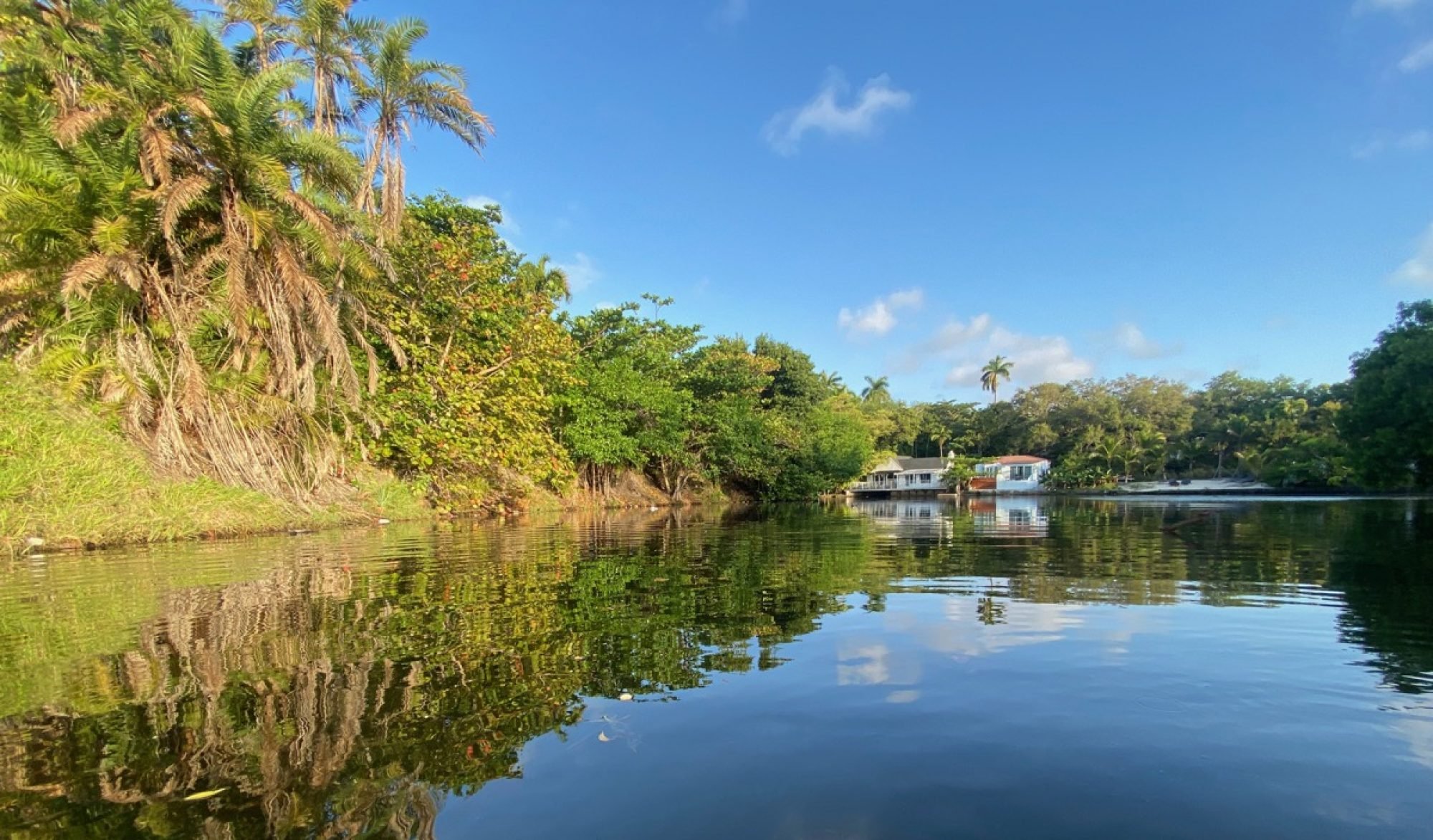
Active Projects
Miami River Stories
The Miami River connects communities across Miami and is linked in complex ways to the city’s history. A small part of the Miami River’s history has been documented in books and videos, but much of that history still remains in the memories of the people who’ve lived and worked along its banks. A collaborative effort between researchers from Florida International University (FIU) and community partners hopes to connect with people across Miami to: explore diverse histories; understand residents’ environmental concerns; and document community-based knowledge about the Miami River
South Florida Publications
Seeteram NA*, Anderson EP, Bhat M, Grove K, Sanders BF, Schubert JE, Hasan F, and Mach KJ. 2023. Living with water: Evolving adaptation preferences under increasing sea level rise in Miami-Dade County, FL, USA. Climate Risk Management 42: 100574. https://doi.org/10.1016/j.crm.2023.100574
Jennings CA, Anderson EP, Benke AC, Kwak TJ, Scott MC, and Smock LA. 2023. Chapter 3 - Atlantic Coast Rivers of the Southeastern United States. In Rivers of North America (second edition), pages 68-123. https://doi.org/10.1016/B978-0-12-818847-7.00024-0
















